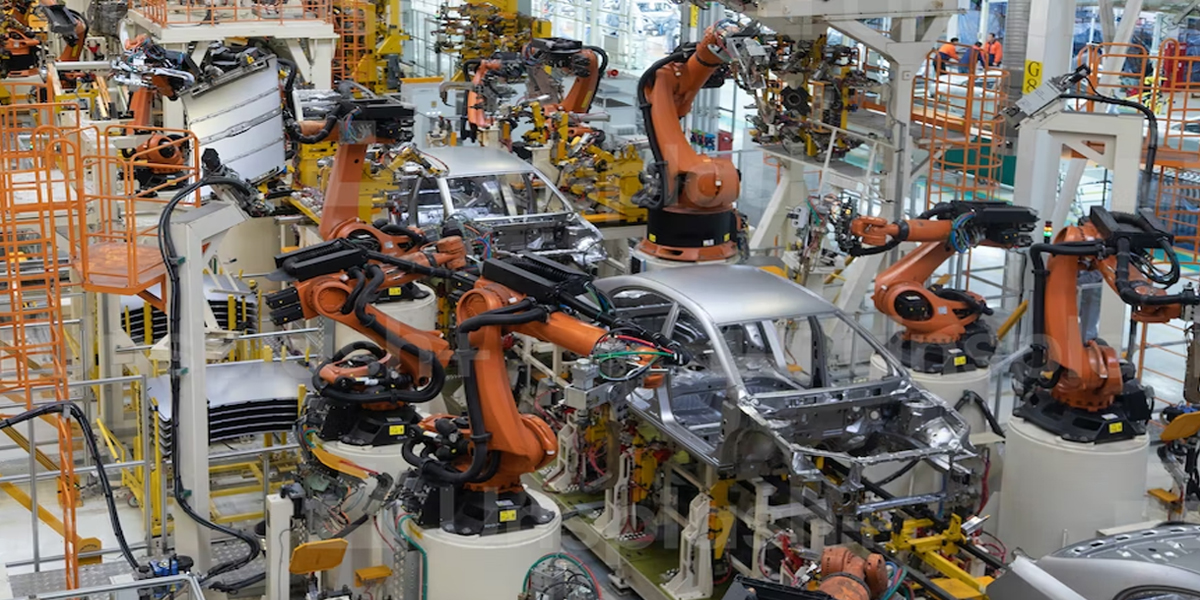With new orders coming in, the United States manufacturing sector experienced a rebound throughout much of December, with orders increasing by 11.8% on a year-on-year basis.
According to a report issued by the US Commerce Department, factory orders were up by 1.8%, a slight increase after the 1.9% drop seen in November of last year but still under the 2.2% rebound forecast by economists.
December’s rebound was fueled by a 16.9% increase in bookings for transportation equipment, a sector that experienced a 5.2% decrease in the previous month. Transportation equipment orders also saw a surge thanks to orders for civilian aircraft jumping by 115.5%.
Orders for appliances as well as electrical equipment and components were also up by 1.1%.
Still in a Slump
However, this does not mean that recovery has arrived for US manufacturing.
There was also a marked decrease in orders for machinery, computers, and consumer electronics. Motor vehicles also slumped, experiencing a drop of 0.7%.
According to the Commerce Department report, orders of non-defense / non-aircraft capital goods – a key measure of most business spending plans in terms of equipment – fell by 0.1% as the year drew to a close. Shipments of these core capital goods also dropped by around 0.6%.
Core capital goods are used to calculate how much is spent on business equipment, a key component in reporting the country’s gross domestic product.
Why is Recovery so Slow?
The slumps noted in the manufacturing sector are mostly driven by the decreased demand for goods bought on credit, one of the unpleasant side effects of the US Federal Reserve’s rapid-fire interest rate hikes over the past year. While meant to halt inflation, these rate hikes put a damper on both consumer and institutional spending over the past several months.
Likewise, the manufacturing sector is also suffering from the impact of the dollar’s previous appreciation against the currencies of the country’s primary international trading partners, a general softening in global demand, as well as the way spending is being reallocated towards services.














